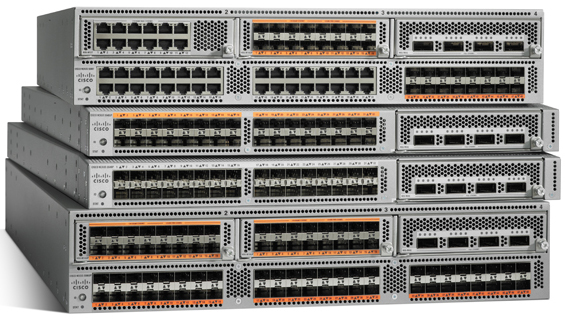
This post provides some detailed examples architecturally of the Cisco Nexus Functional Planes we initially discussed in the post – Cisco Nexus Functional Planes.
The control plane of the Nexus 5000 series contains many components you are already familiar with as a CCNA R&S:
- The CPU
- DRAM
- Boot memory
- BIOS Flash memory
- Internal Gigabit Ethernet ports for connectivity to the data plane components
The data plane consists of:
- Unified Ports Controllers (UPCs) – manages all packet-processing operations within the switch; these components are Layer 2 Multipath capable and support classic Ethernet, Fibre Channel, and Fibre Channel over Ethernet (FCoE)
- UPC ASIC – handles the forwarding decisions and buffering for multiple 10-Gigabit Ethernet ports
- Unified Crossbar Fabric (UCF) – responsible for coupling ingress UPCs to available egress UPCs; the UCF internally connects each 10-Gigabit Ethernet, FCoE-capable interface through fabric interfaces running at 12 Gbps
Remember, the control plane is responsible for managing all control traffic. Data frames bypass the control plane and are managed by the UCF and the UPC. Layer 2 control packets (BPDUs, CDP, UDLD, etc), Layer 3 control packets (OSPF, BGP, PIM, FHRP, etc), and storage control packets (FLOGI frames) are managed by the control plane supervisor.
For management access, Cisco Nexus Series switches can be managed in-band, via a single serial console port, or through a single out-of-band 10/100/1000-Mbps Ethernet management port.
Keep in mind that architectures will differ for different Nexus devices. For example, the Cisco Nexus 7000 devices use a distributed control plane approach. It has a multicore CPU on each I/O module, as well as a multicore CPU for the switch control plane on the (dual) supervisor module. The 7000 Series Switch offloads intensive tasks to the I/O module CPU for ACL and FIB programming. It scales the control plane capacity with the number of line cards. This avoids supervisor CPU bottleneck which could occur in a centralized control plane architecture.